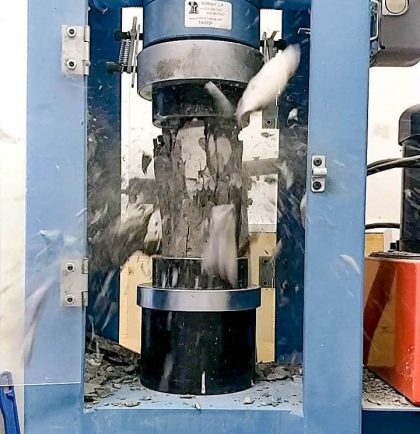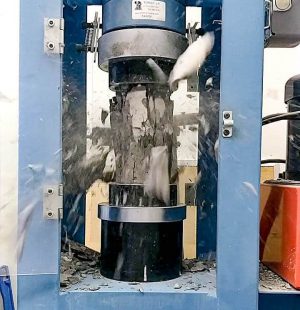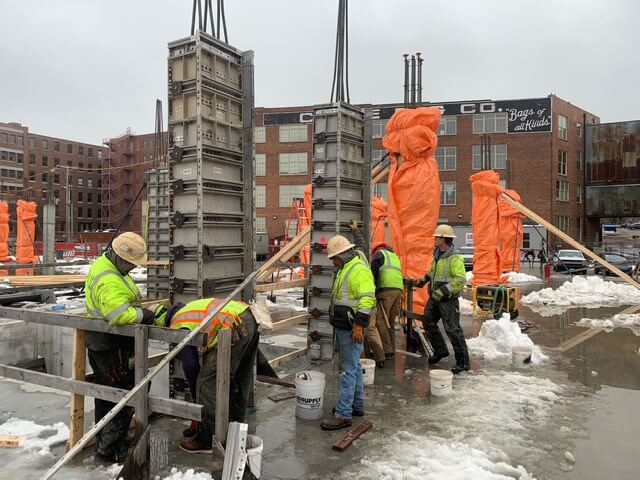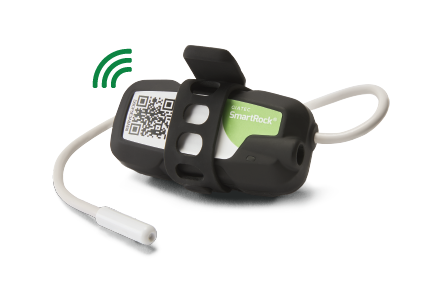Bottom Line, Low Concrete Breaks Happen Because of Human Error
As you’ve probably noticed, the main causes of low breaks are the result of mistakes made because of human-error. These issues happen, not only at the beginning stages of pouring when specimen are first made, but also during curing, transportation, and even after samples have already made it to the lab. Since cylinders need to be created as soon as pouring takes place, mistakes are often made onsite because workers are in a rush. Lack of experience also plays a big role. It’s no secret that there is a shortage of skilled labor. As the workforce matures, new technicians and field personnel managing the process are less experienced with ASTM standards. In the lab, human errors are further exacerbated as technicians are often rushed by managers trying to meet project deadlines. There are few ways you can prevent these mistakes from happening. One of which is to hire more experienced workers, but this is not always within your control, or your budget.
How to Easily Eliminate Low Concrete Breaks on Your Next Project
Another option, one that is becoming increasingly more popular, is to ditch field-cured cylinders for early age testing altogether and switch to wireless maturity sensors to monitor strength and maturity. These
sensors are embedded in your in-situ concrete element and secured on the rebar. Strength is monitored constantly in real-time and sent to your mobile device via an app. This means that you can check the performance of your mix at any time. Standard-cured cylinders are still made and tested on day 28 for acceptance purposes. However, all other points of data you would normally receive from the lab with break tests on days 3, 7, 14, etc. are instead sent to you in real-time. Plus, since all your strength data is calculated within the app, it saves a lot of time spent on labor that would normally be used making, transporting, and testing the cylinders. This story from Bottorff Construction Inc. featured below shows just how compelling this new technique is.




